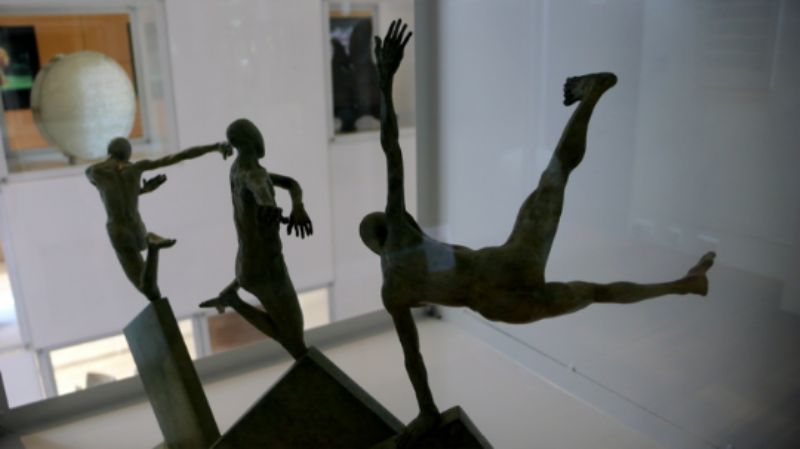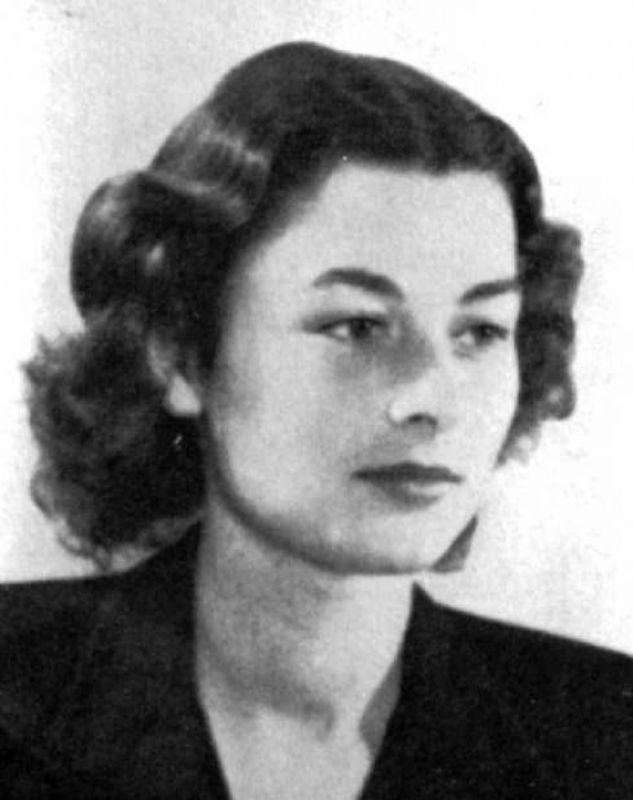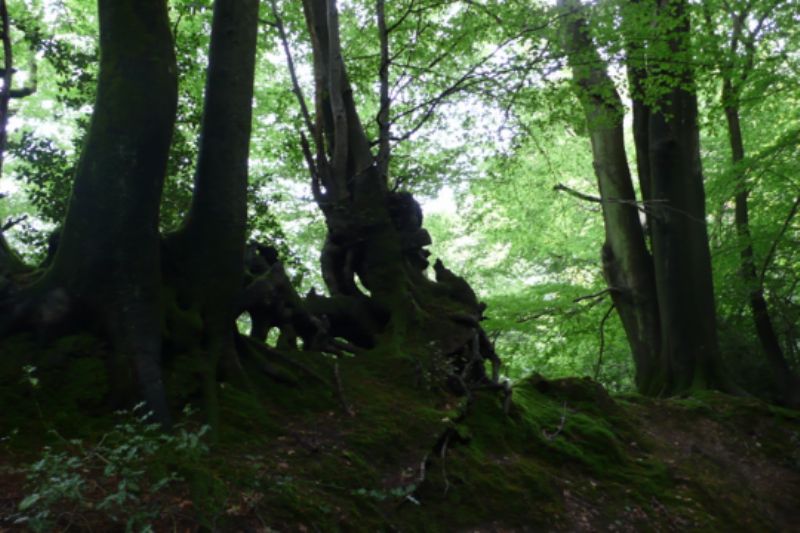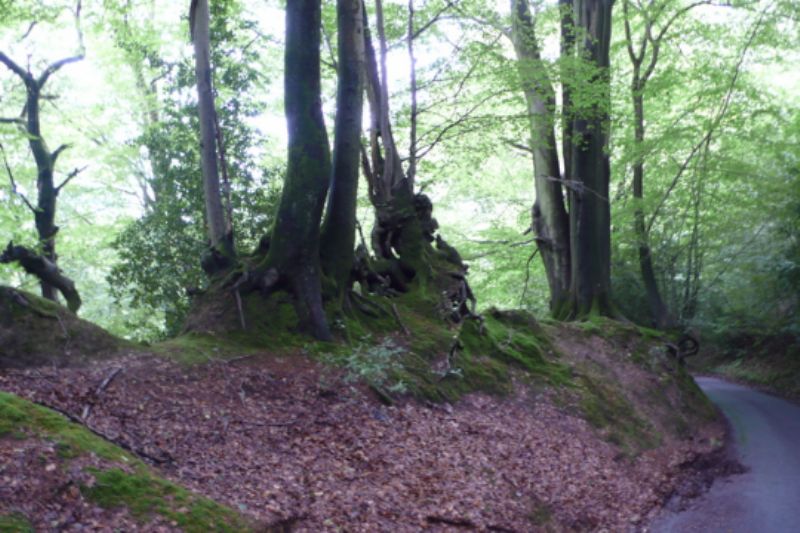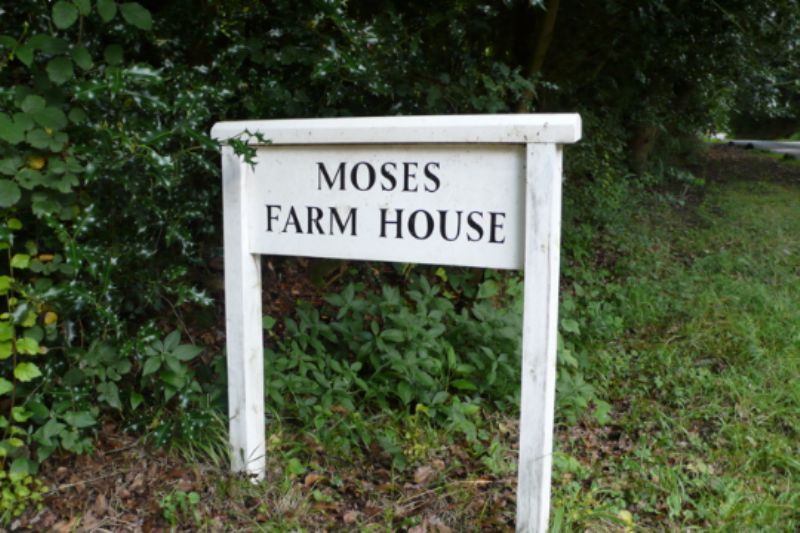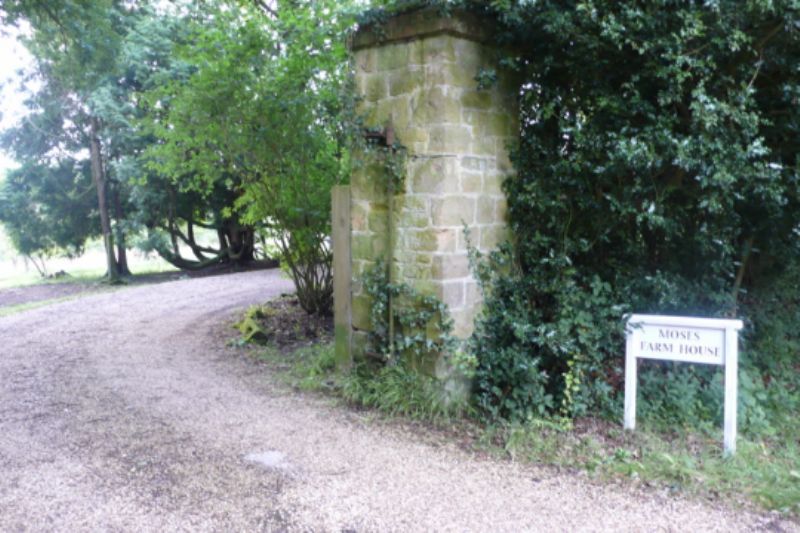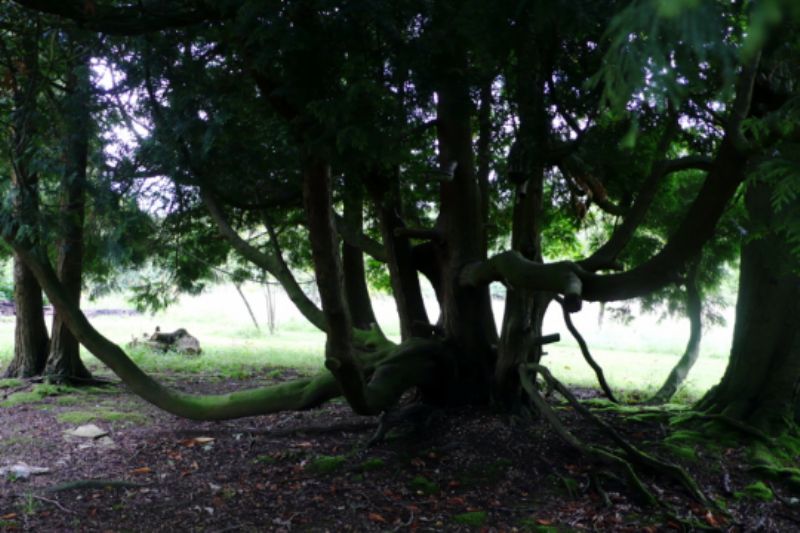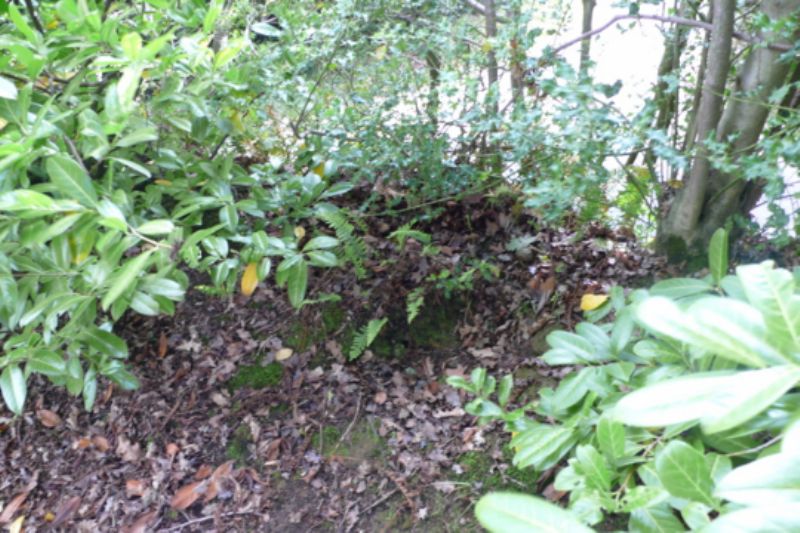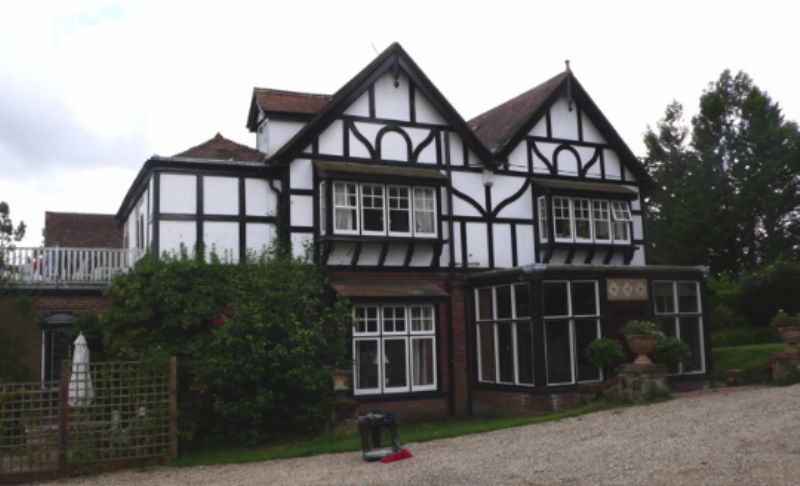My chapter on the business of social change appears in a new publication from Demos, The Future Face of Enterprise. The complete book can be downloaded as a PDF.
Blog
CRO Magazine inspired by The Power of Unreasonable People
CRO Magazine has introduced a new award for social entrepreneurship, focused on CEOs, based on the three categories of social enterprise introduced in The Power of Unreasonable People.
Looking up sculpture in the Sussex Downs
Today, Elaine and I drove down to Goodwood to visit the Cass Foundation’s Goodwood Sculpture Park, somewhere we had meant to go for ages. As the photos show, the range of exhibits is quite remarkable – and the fitfully sunny weather lent a fleeting, evnaescent quality to some of the encounters. Hard to pick favourites, but mine would include Catamarans on a Granite Wave (which put me in mind of Sutton Hoo), DNA DL90, In the Beginning, Paparazzi, System No. 19, and the one I would hauled away if I could have done so unobserved, Wendy Taylor’s Sycamore.
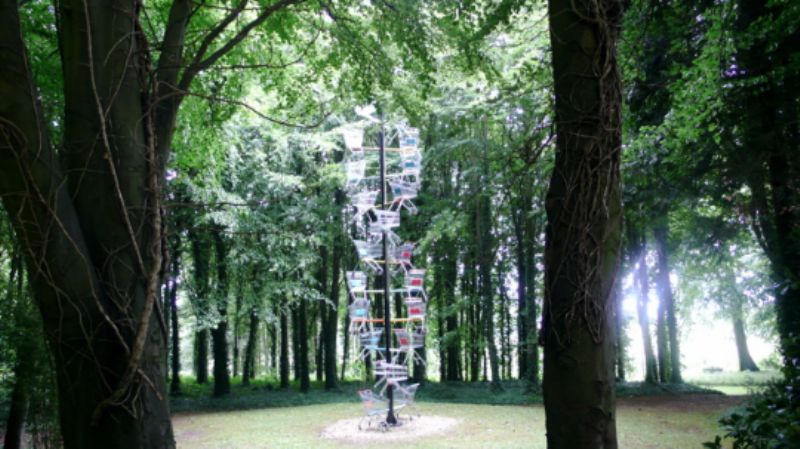 Spiralling supermarket trolleys: DNA DL90 by Abigail Fallis
Spiralling supermarket trolleys: DNA DL90 by Abigail Fallis  Paparazzi by Steven Gregory
Paparazzi by Steven Gregory 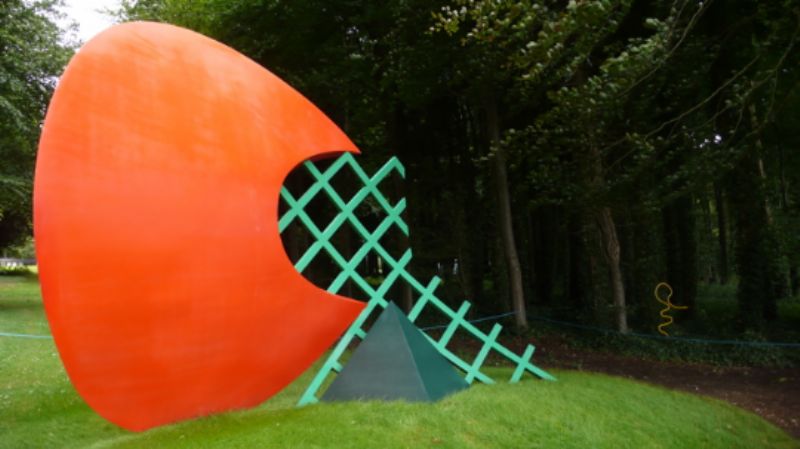 Sun’s Roots II by Phillip King
Sun’s Roots II by Phillip King 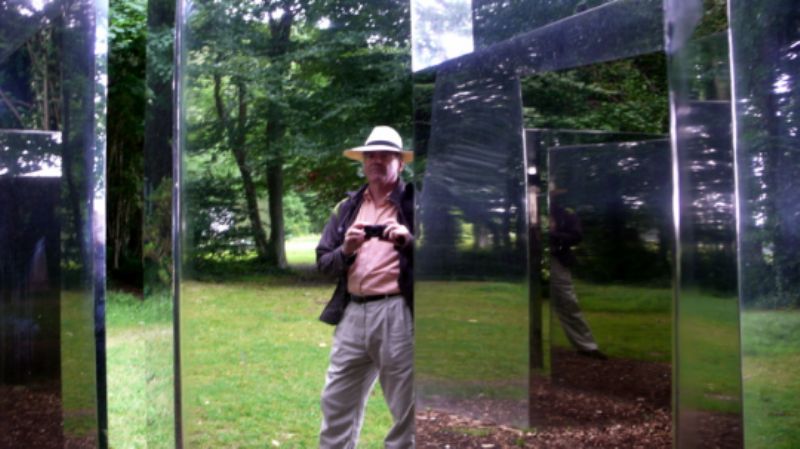 Mirror image
Mirror image 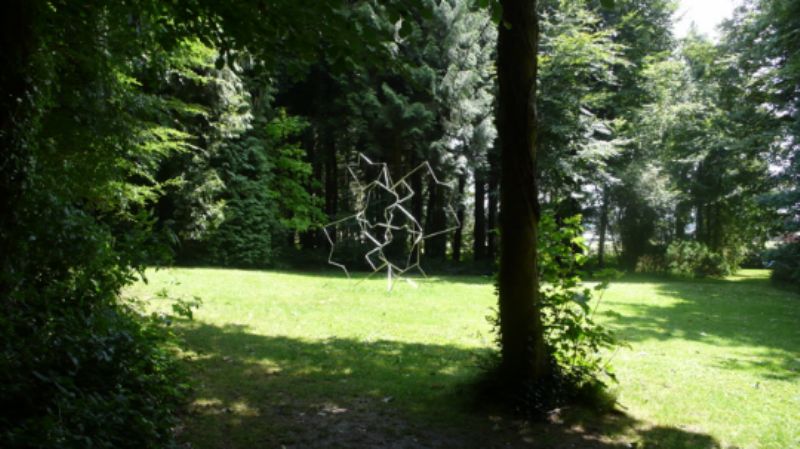 Mandala Eighty by David Annesley
Mandala Eighty by David Annesley 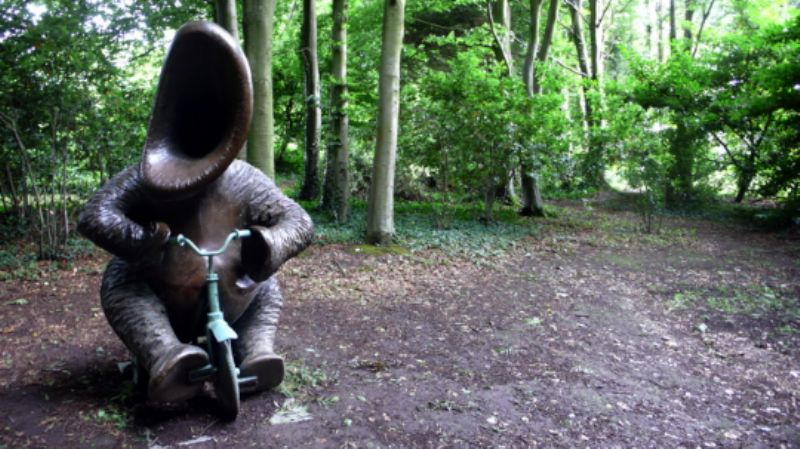 One of Us on a Tricycle by Steven Gregory
One of Us on a Tricycle by Steven Gregory 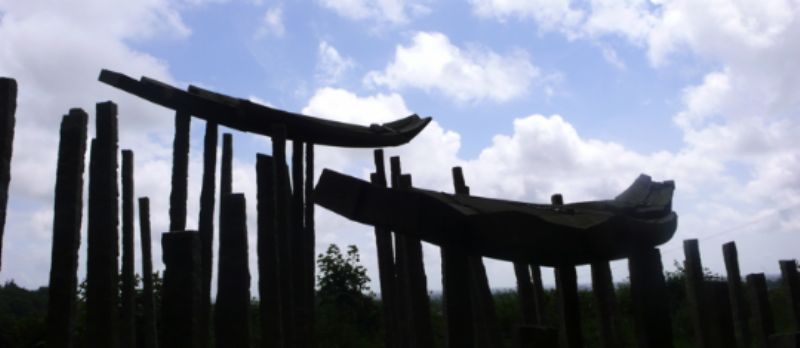 Catamarans on a Granite Wave by Stephen Cox
Catamarans on a Granite Wave by Stephen Cox 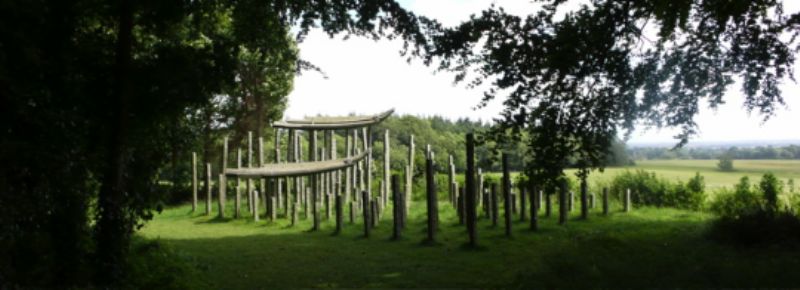 Catamarans in sunlight
Catamarans in sunlight 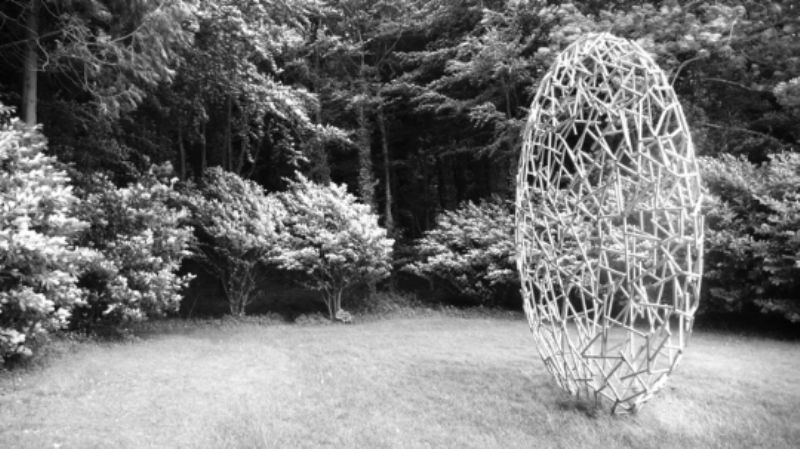 System No.19 by Julian Wild
System No.19 by Julian Wild 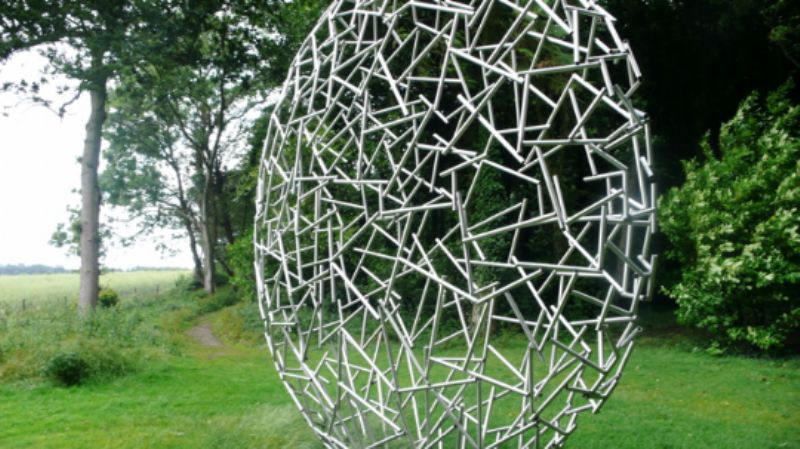 System No. 19, 2
System No. 19, 2 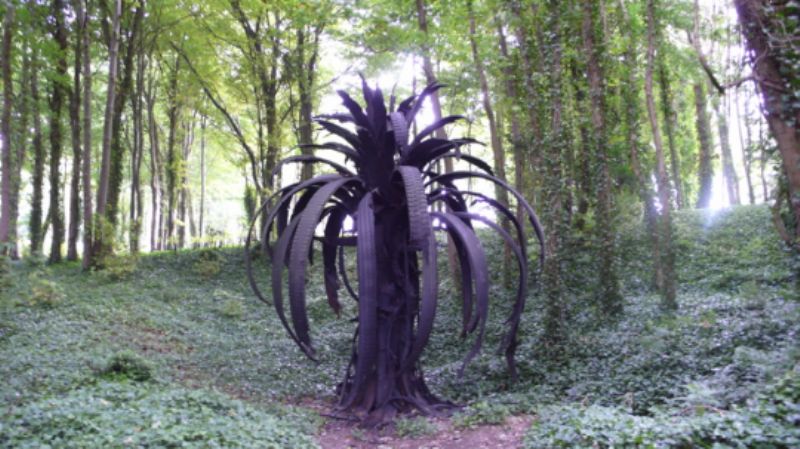 Icarus Palm by Douglas White
Icarus Palm by Douglas White 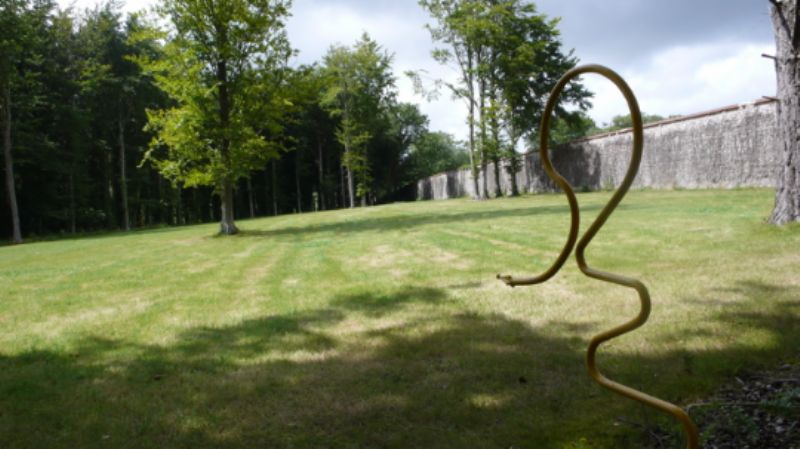 Sign points the way
Sign points the way 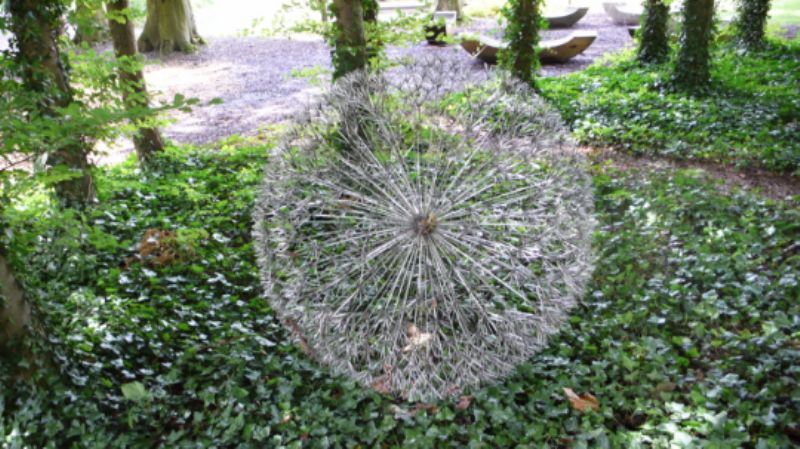 In the Beginning by Almuth Tebbenhoff
In the Beginning by Almuth Tebbenhoff 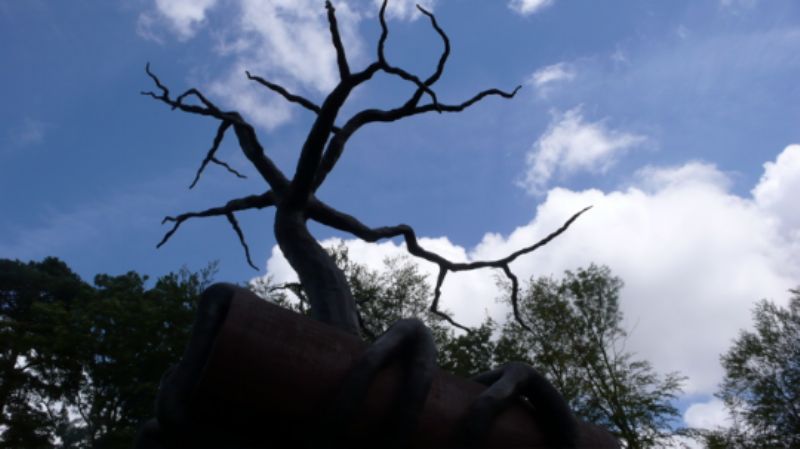 Tree atop Regardless of History by Bill Woodrow
Tree atop Regardless of History by Bill Woodrow  Sycamore by Wendy Taylor
Sycamore by Wendy Taylor 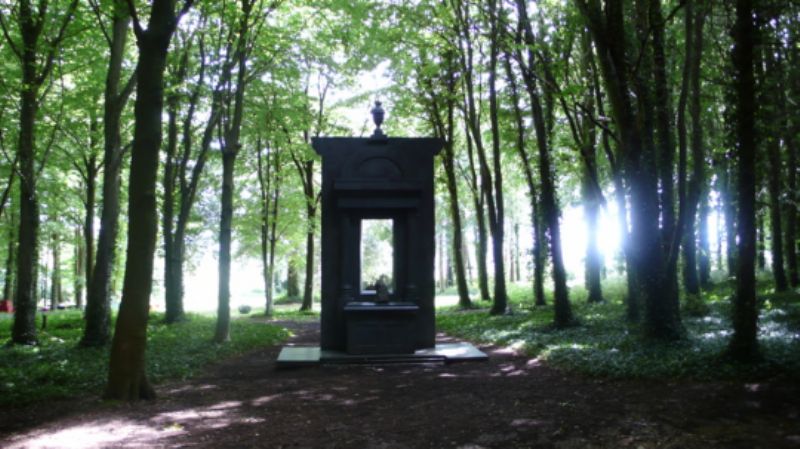 Stefano by Keir Smith
Stefano by Keir Smith  Yo Reina by David Worthington, with Head by John Davies in background
Yo Reina by David Worthington, with Head by John Davies in background  Section of Portal by Jonathan Loxley
Section of Portal by Jonathan Loxley
Tangmere
 R.J. Mitchell and Supermarine Prototype K5054
R.J. Mitchell and Supermarine Prototype K5054  Aircraft plotting
Aircraft plotting
After Goodwood, we continued south to the old RAF airfield at Tangmere, where we visited the Military Aviation Museum. I have always loved the name, whose origin is uncertain. ‘Mere’ implies a pool rather than a grand lake, according to Wikipedia, and ‘tang’ is thought to be of Norse origin meaning ‘tongs’. It could be that Tangmere was the pool at the fork, or junction of two ancient paths. The pool was later filled in to form a small village green. When I mentioned that Tim was shot down nearby (West Wittering) on 16 August 1940, the team at the Museum couldn’t have been more helpful, fishing out the records for us. They also noted that Tangmere – which is where Tim was based during the Battle of Britain – was bombed on the same day.
But the highlight for me, without question, was seeing the duck-egg blue prototype (K5054) of the Spitfire, with a mock-up of R.J. Mitchell‘s studio in front of it. Was thinking only a few days back of two things: firstly, the role of prototypes in advancing our thinking and economies, the subject of a paper I’m planning to work on with Alejandro Litovsky; and, secondly, Mitchell himself as a possible candidate for a scheme I have to hang a series of protraits of ‘unreasonable people’ through history on the walls at Volans’ new Bloomsbury Place offices. Quite extraordinary to walk in and find and K5054.
Tangmere was also a way-station for the Special Operations Executive. And there on the walls of one of the galleries was a photograph of one of my childhood heriones, Violette Szabo. She was only 23 when executed in 1945. Her last mission didn’t leave from Tangmere, apparently, but from Harrington, near Northampton. Knew of her via Carve Her Name With Pride, starring one of my favourite actresses, Virginia McKenna.
Stalking Moses
After leaving Tangmere, we wondered whether we could track down Moses Farm House, of which I have long had fond memories, the family having stayed there on our way to Cyprus in the 1950s. I had called my parents this morning to see whether it was near Haslemere, as I remembered, but they couldn’t remember. So Elaine had Googled it before we left, finding a Moses Hill near Marley Heights. Then as we passed Lurgashall on our way south to Goodwood, I noted that it rang a strong bell.
In any event, once we had been to Goodwood and Tangmere, we prowled around the astonishingly beautiful lanes of this part of West Sussex, which represent one of my strongest memories of that era. Convinced that the house was just around the corner, we pulled up alongside an elderly – but sprightly – couple to ask for directions. Weirdly, they turned out to live in nearby Moses Hill Farm, where they have lived for some 50 years. They knew the name of the people who lived there previously and it wasn’t Tobin, as it would have been if it had been Tor and Marjorie, Pat’s mother and her second husband.
(Later in the day, Pat told us that Tor often over-stretched in terms of property, leaving with the bailiffs almost literally snapping at his heels, though that didn’t happen here. Still, he was good painter, if temperamental. At least once Marjorie spent hours stitching up a canvas of a stormy seascape that he had slashed with his palette knife in the midst of a drunken nocturnal rage.)
Then the woman told us about the other house in the area with a Moses tag, Moses Farm House. Turned out that it was a few miles away, very close to Lurgashall. So off we went, little expecting to find it. As we drove down the lanes, squeezing past oncoming Lamborghinis, Ferraris and the like, I told Elaine that I remembered that the drive hooked back to the right. My main memories of the house were of discovering and adopting a nest of pheasant’s eggs in the hedgerow that ran alongside the drive and, secondly, of Tor firing an air rifle out of the windows overlooking one of the lawns – showing me how the pellets ricocheted off the plumage of the guinea fowl that robotically pecked their way around the grounds. Pat remembers there being three, dubbed ‘The Three Musketeers’ by Tor – but in this case the musketry came from a different direction.
Then we found the house, with the drive hooking around exactly as I remembered it. We drove in, hoping to find the current owners, but the house was empty. Strange sense of homecoming to a house that was never home, more of a way-station between Northern Ireland, Dulverton (where Tim’s mother Isabel lived with her second husband, Carey Coaker) and Cyprus. But pretty much the perfect end to an extraordinary day out from London.
Childhood haunt – and where the guinea fowl used to roost

